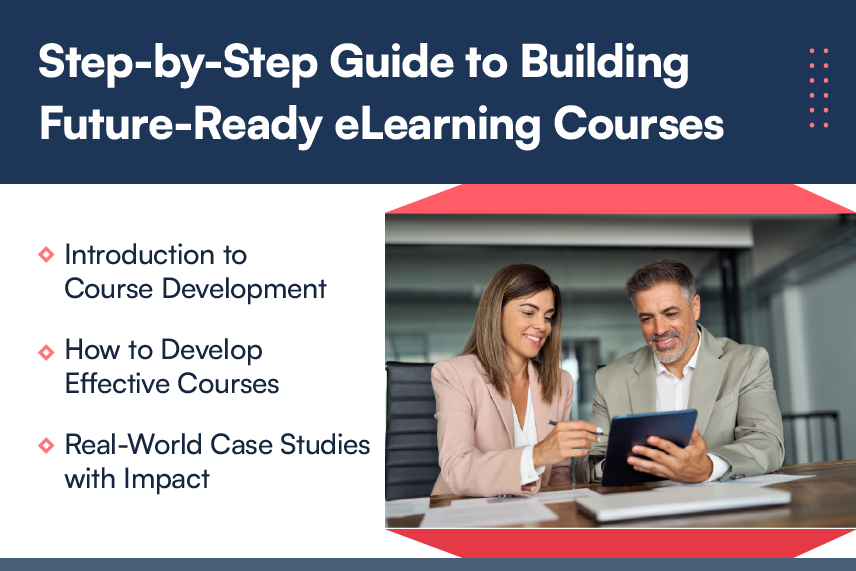The Medical Industry is one of the fastest growing industries in the world, with new research, technologies, and techniques being developed almost daily. However, along with the development of new medical technology, the industry of medical education is being hard-pressed to keep up. Traditionally, medical education has relied on experienced faculty training, student-patient interactions, and internships. However, considering the pace of development of medical technology, it’s only a matter of time before direct physical learning and interaction may become prohibitively difficult to employ.This isn’t exactly comforting for the patients, or even for the students themselves. However, interactive clinical case studies and surgical simulations in eLearning, are quickly gaining popularity as an efficient and cost-effective means of imparting education on new medical technologies.
As a matter of fact, medical students are themselves more interested in virtual systems and interactive case studies than in traditional methods of medical education. Case in point, systems such as the Dental Anatomy Software allow a dental student to explore accurate tooth anatomy and detail at their own pace of understanding, instead of having to look at 2-dimensional drawings and imagine it in 3 dimensions! This saves a lot of time and energy for both the student and the teacher, and also results in the student gaining a much more solid base of fundamental understanding. Virtual surgery simulations and virtual patients are helping to provide the same understanding-through-experience at a more advanced level of medical education as well.
That isn’t to say that medical technology is best learned through virtual experimentation alone. Hardly! The importance of watching a star surgeon performing a difficult operation is invaluable. However, with eLearning, the student can watch a video of the surgery being performed anytime they want to rather than having to depend upon the luck of the draw to be picked as an assistant for that surgery in real life. Every student gets an equal opportunity to watch the operation, learn from it, and if needed, watch again – as opposed to waiting for an almost exactly similar surgery to be performed again!
Watching videos of a surgery can only help so much, and cannot match the experience of performing the procedure yourself. Let’s face it – nobody’s that perfect! Like most humans, even medical students sometimes have to learn from mistakes. However, medical students have no margin for error in real life. With interactive virtual patients and virtual surgeries come the inevitable new trend of the eLearning industry – gamification! The instructional technique may be called ‘gamification’, but don’t be fooled! It has been proven that with the proper controls and environment, this technique results in an exponentially higher assimilation of content and performance as against application of the instruction learned through traditional methods.
To summarize, the medical industry is one of the few industries in the world with many bleeding-edge technologies being developed. Instructing students about these technologies needs to be done in a bleeding-edge manner as well – and that is what eLearning and ‘gamification’ accomplishes with ease!
Many medical schools and healthcare centers are now more than willing to adopt these modern educational techniques. Some of these early adopters of eLearning are now refurbishing themselves by moving the learning modules on mobiles devices like tablets and smart-phones. Harbinger has been working with several medical centers to transform conventional medical courses into interactive online modules.
Please mail us to setup an online meeting with Harbinger and experience the advances in medical education.






